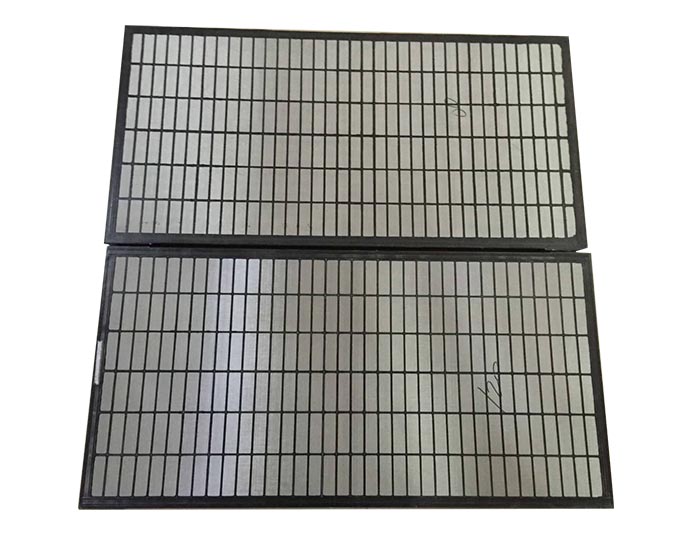The Importance of Effective Mud Cleaning Systems in Drilling Operations
In the realm of drilling operations, whether in oil and gas extraction or mineral exploration, the management of drilling fluids is crucial for operational efficiency and environmental safety. One of the most critical components of this management is the mud cleaning system. These systems play a pivotal role in ensuring that the drilling mud remains at optimal performance levels throughout the drilling process.
Drilling mud, often referred to as drilling fluid, serves multiple purposes. It lubricates the drill bit, stabilizes the borehole, and carries cuttings back to the surface while preventing the collapse of the wellbore. However, as drilling progresses, the mud becomes contaminated with various materials such as rock cuttings, sand, and other debris, which can degrade its performance. This is where effective mud cleaning systems come into play.
Mud cleaning systems are designed to remove solid contaminants from the drilling fluid to maintain its properties and functionality. Typically, a mud cleaning system consists of several key components, including shale shakers, desanders, desilters, and centrifuges. Each of these components works in tandem to ensure that the drilling fluid is recycled and reused efficiently.
Shale Shakers The First Line of Defense
The shale shaker is typically the first step in the mud cleaning process. This equipment uses a vibrating screen to separate larger particles and cuttings from the drilling fluid. The efficiency of a shale shaker can significantly impact the overall performance of a mud cleaning system. With advancements in technology, modern shale shakers are designed with multiple screen types and configurations to optimize the separation process and minimize fluid loss.
Desanders and Desilters Fine-Tuning the Process
mud cleaning systems
After the initial separation by the shale shaker, the drilling fluid may still contain finer particles. This is where desanders and desilters come into play. Desanders utilize hydrocyclones to remove particles in the range of 40 to 50 microns, while desilters focus on even finer particles, typically in the range of 5 to 15 microns. These devices are crucial for maintaining the suspension properties of the drilling fluid and ensuring that it remains effective at lubricating the drill bit and stabilizing the borehole.
Centrifuges Achieving Ultimate Clarity
The final stage of the mud cleaning process often involves centrifuges. These devices use centrifugal force to separate fluids from solids, providing an additional level of cleaning. Centrifuges can effectively process large volumes of drilling mud, ensuring that the fluid is returned to a usable state while removing excessive solids. The use of centrifuges can significantly enhance the recycling of drilling fluids, reducing costs and minimizing the environmental impact of drilling operations.
Environmental Considerations
The importance of mud cleaning systems extends beyond operational efficiency; they also play a vital role in environmental management. By enabling the recycling of drilling fluids, these systems help reduce waste and minimize the ecological footprint of drilling operations. Additionally, well-designed mud cleaning systems can prevent the release of harmful materials into the environment, ensuring compliance with regulatory standards.
Conclusion
In conclusion, effective mud cleaning systems are indispensable in modern drilling operations. They ensure the efficiency and longevity of drilling fluids while safeguarding environmental integrity. As technology continues to advance, the capabilities of mud cleaning systems will likely improve, promoting more sustainable and effective drilling practices. For companies involved in drilling, investing in high-quality mud cleaning systems is not just a technical necessity; it is a commitment to environmentally responsible exploration and extraction practices. The future of drilling will depend on how well we manage our resources, and mud cleaning systems are at the forefront of that challenge.
 Linear Motion Shale Shaker In Drilling Rig
Linear Motion Shale Shaker In Drilling Rig  Oilfield Mud Cleaner
Oilfield Mud Cleaner  Drilling Fluid Decanter Centrifuge
Drilling Fluid Decanter Centrifuge  Drilling Mud Desander
Drilling Mud Desander  Hydrocyclone Desilter
Hydrocyclone Desilter  Centrifugal Pump/Centrifugal Mud Pump
Centrifugal Pump/Centrifugal Mud Pump  Shear Pump
Shear Pump  Jet Mud Mixer
Jet Mud Mixer  Horizontal Mud Agitator
Horizontal Mud Agitator  Constant Pressure Drilling Fluid Mud Gas Separator
Constant Pressure Drilling Fluid Mud Gas Separator  Mud Gun
Mud Gun  Mud Tank
Mud Tank  Solids Control System Vacuum Degasser
Solids Control System Vacuum Degasser  Flare Ignition Device
Flare Ignition Device  Diesel Tank
Diesel Tank  Submersible Slurry Pump
Submersible Slurry Pump 






































